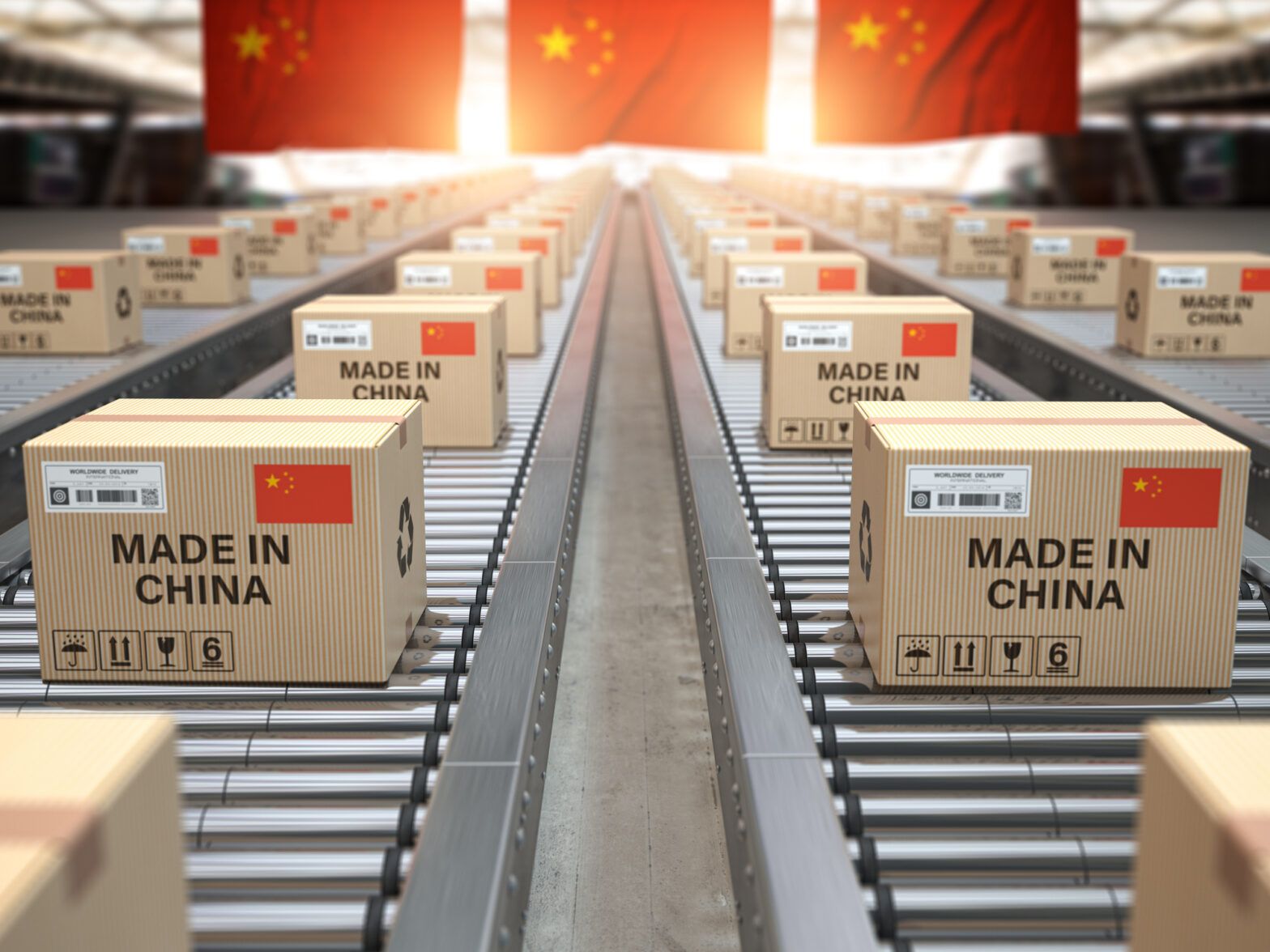“From a western perspective, sitting in Europe, it is often thought that Asia is lagging far behind [on sustainability] and that not much is moving,” according to Arnout van Rijn, Robeco’s chief investment officer, Asia Pacific.
“But that is clearly not the case,” he told our sister publication, Expert Investor.
“What we are seeing over the last decade is a lot of top-down movement to get things going and that top-down eventually filtered through to the bottom up. More and more companies are listening to ESG demands to be more transparent and more careful in how they operate.”
Van Rijn is particularly encouraged by progress in China, stressing that governments are now “all over” Chinese companies to ensure they comply with demands on carbon emissions, he also suggests that public pressure has had an impact too.
Polluted air
He explains that the people in China have been appalled by the air pollution they have seen in recent years in Beijing (on a par with what Tokyo experienced in the 1980s) and that, consequently, the Chinese government has listened to grass-root movements and acted.
Maarten-Jan Bakkum, senior emerging markets strategist at NN IP, agrees in part with van Rijn’s positive sentiment on China though is keen to highlight key challenges ahead.
“The Chinese authorities’ focus on clean energy and lower carbon emissions has made China one of the world’s most ambitious nations in terms of achieving cleaner and more sustainable growth. And the government aims to create a more competitive environment for the private sector, mainly to boost innovation, so improvements in corporate governance should be inevitable.”
However, he is quick to point out that the state still plays a dominant role in the most strategically important sectors, so progress on this front at least, is unlikely to accelerate at any great pace.
The government wants future growth to be driven more by technological innovation and household consumption. And to this end, Bakkum explains, it is investing heavily in education and R&D to allow for endogenously driven technological advance, and in healthcare and social security to reduce uncertainty and persuade people to save less and spend more.
The S factor
When assessing the ‘S’ factor in the context of ESG, Bakkum says investors will find that the main social problems are linked to civil liberties, human rights, the rule of law and income inequality.
“The direction of change in most of these fields is negative rather than positive. The suppression of ethnic groups such as the Uyghurs, Tibetans and Mongols has attracted considerable international attention, as have the lack of political freedom and state censorship, privacy issues linked to mass social surveillance, the tightened grip over Hong Kong and violations of migrant labour regulation. These issues are likely to keep China’s foreign relations strained.”
Private capital
The Chinese leadership wants a bigger role for the private sector and more foreign participation in its capital markets.
Bakkum argues that to achieve this, China needs to reduce state intervention in the economy and create a regulatory framework that ensures a minimal level of transparency and consistency, both on a corporate and on a sovereign level.
Awareness of good governance’s role in promoting investor confidence has increased over the past years. A new regulation forces companies listed on the Shanghai and Shenzhen stock markets to disclose information on their activities and achievements relating to ESG, for example.
“Individual companies are trying to tick the right governance boxes to become more attractive for foreign investors, Bakkum explains. “At the same time, the legal and institutional framework for enforcing the more difficult but necessary governance changes remains inadequate. A good example is the absence of a legal bankruptcy framework for financial institutions; the fact that the authorities recently have put this topic on their agenda reflects a willingness to reform.”
He says legal changes like this would reduce state control over the corporate sector and be welcomed by private and foreign investors. “It remains to be seen how far and how fast the Chinese government is willing to move”, he concludes.
Leading clean tech
Looking at Asia more broadly, how is greater acceptance of sustainability reflected in investment opportunities?
What we are seeing in Asia, van Rijn explains is that the region has for some time been at the forefront of technological development and good at manufacturing, but now they are leading in clean tech manufacturing.
In the automobile manufacturing sector, he name-checks Hyundai in Korea as a company that is at the forefront of developing hydrogen technology for cars. He also points to Toyota which he says will soon overtake Tesla as the largest manufacturer of electric cars.
“In our technology portfolios there are quite a few companies that really contribute to reducing carbon emissions and making sure that their behaviour is much better than it has been in the past from a social perspective – for instance, labour conditions.”
He concedes that Asian companies in the electric car and solar power space have been hyped somewhat and valuations have subsequently stretched. But he maintains that there are plenty of stocks attractively valued that are exposed to these sectors but are not ‘pure play’ companies and this is where good growth opportunities lie currently.





